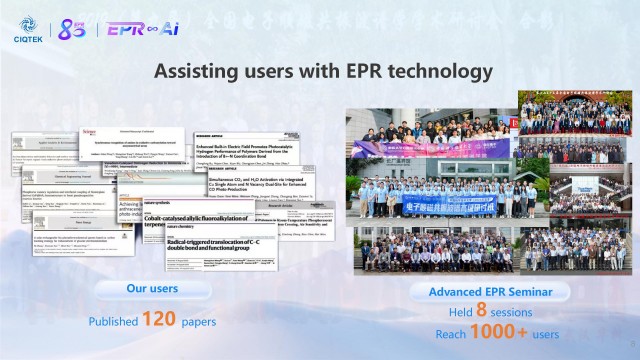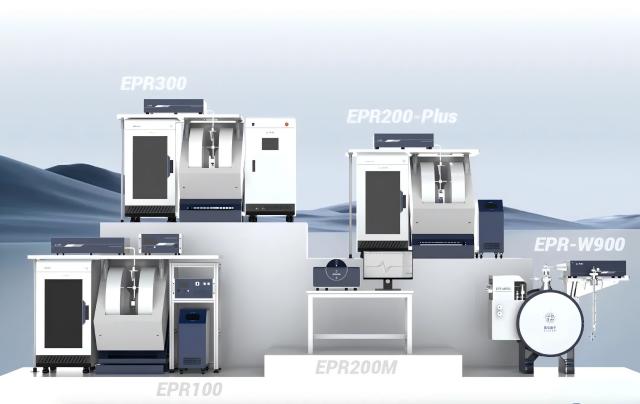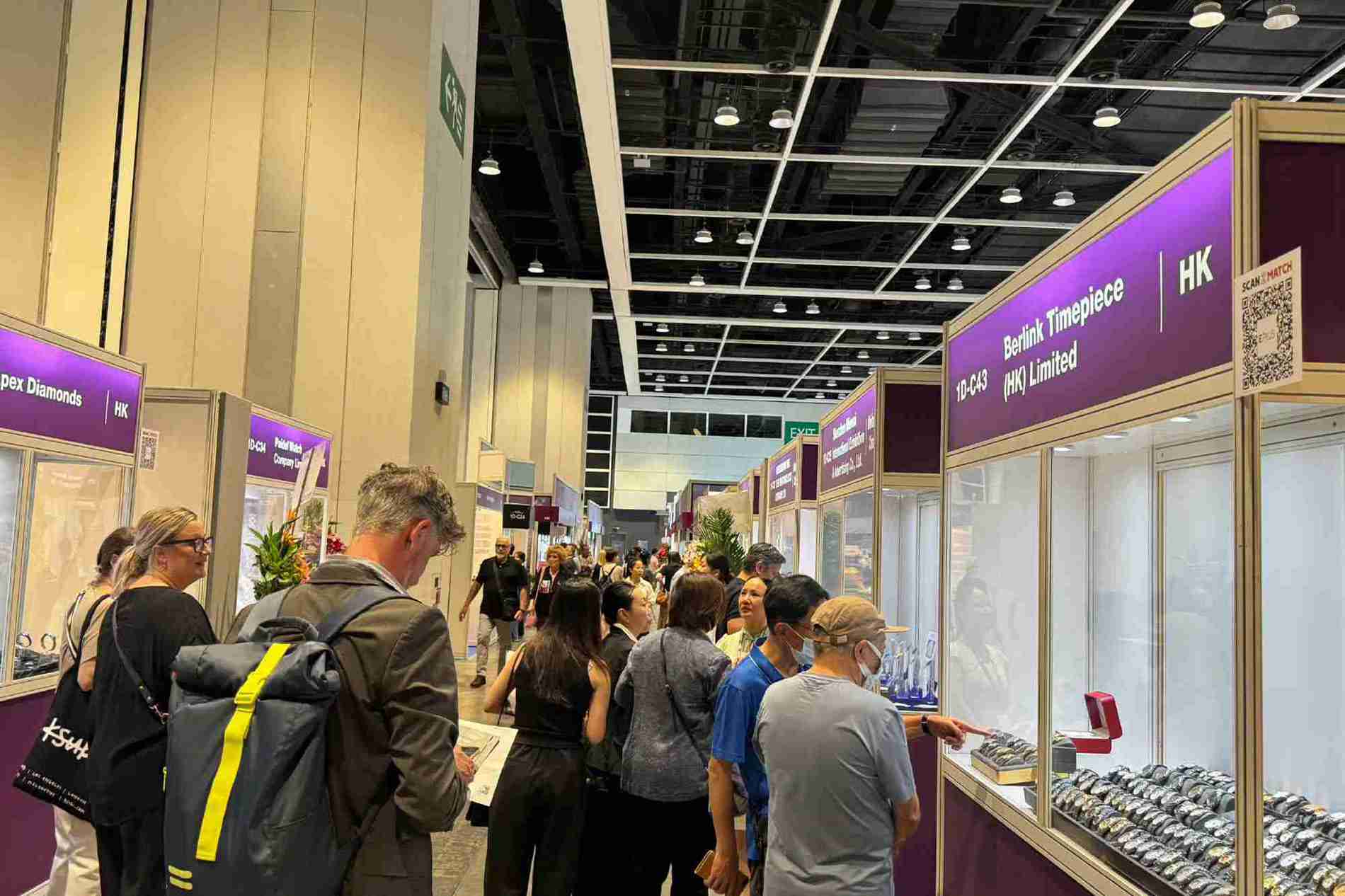The Best Smart GPS Watches for Adventure Enthusiasts
Are you an outdoor enthusiast who loves to track your activities while exploring nature’s wonders? If so, then a GPS watch is an essential companion for you. These modern timepieces offer advanced features that can enhance your outdoor adventures. In this article, we will explore the top smart GPS watches that are not only rugged and durable but also packed with cutting-edge GPS technology.
1. GPS Watch Waterproof
If you’re into water sports or simply want a watch that can withstand any weather condition, a waterproof GPS watch is a must-have. These watches are designed to be waterproof up to a certain depth, ensuring they won’t get damaged during swimming, snorkeling, or even diving. From tracking your swimming metrics to providing accurate navigational data even in the rain, a waterproof GPS watch is your perfect companion for aquatic adventures.
2. Smart GPS Sports Watch Outdoor
For the active individual who loves exploring the great outdoors, a smart GPS sports watch is an excellent choice. These watches offer features such as heart-rate monitoring, step counting, and built-in GPS to accurately track your hikes, runs, and cycling adventures. With a clear display and user-friendly interface, these watches provide real-time data about your performance, aiding in setting and achieving your fitness goals.
3. GPS Tracking Watch for Men
Designed specifically for men, GPS tracking watches combine style and functionality. These watches are sturdy, rugged, and offer robust GPS capabilities for tracking outdoor activities. Whether you’re hiking in the mountains or engaging in intense cross-fit routines, a GPS tracking watch for men provides accurate data about your location, distance covered, and even elevation gained. Stay on top of your game with a watch built to withstand the toughest challenges.
4. GPS Wristwatch Cross Fit
For those who are passionate about CrossFit and want a watch that can keep up with their intense training sessions, a GPS wristwatch designed for CrossFit is the perfect choice. These watches offer features such as workout tracking, interval timers, and customized training modes. With accurate GPS tracking, you can monitor your performance and set new personal records every time you hit the gym.
5. Military Watch with GPS
If you’re an adventure enthusiast with a penchant for military-style gear, a military watch with GPS is ideal for you. These watches are built to withstand rough terrains, extreme temperatures, and rigorous physical activities. Along with GPS navigation, they often come equipped with compasses, altimeters, and barometers to provide comprehensive outdoor data. Be prepared for any mission with a military-grade GPS watch on your wrist.
In conclusion, a smart GPS watch is an essential tool for adventure enthusiasts who love exploring the great outdoors. From waterproof capabilities to specialized features for various sports and activities, there’s a perfect GPS watch for everyone. Enhance your outdoor adventures with these cutting-edge timepieces and take your exploration to new heights.


















